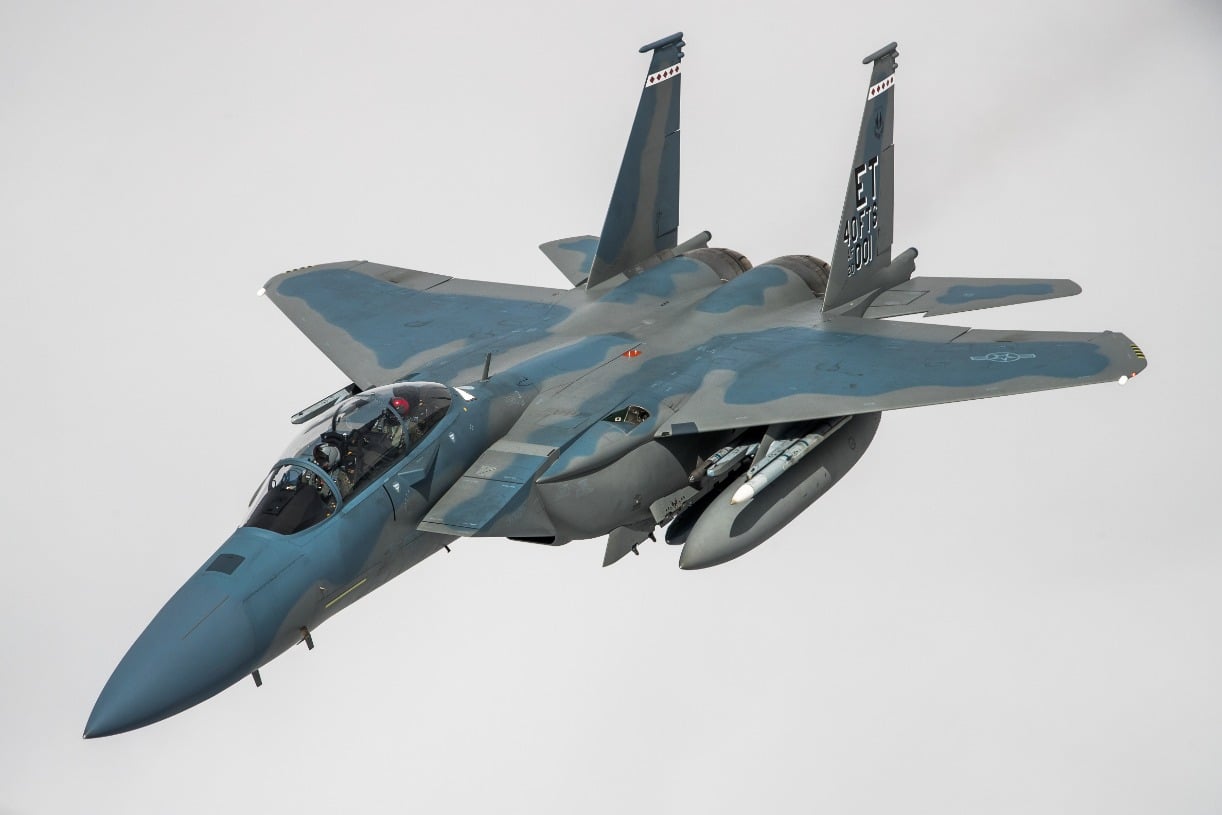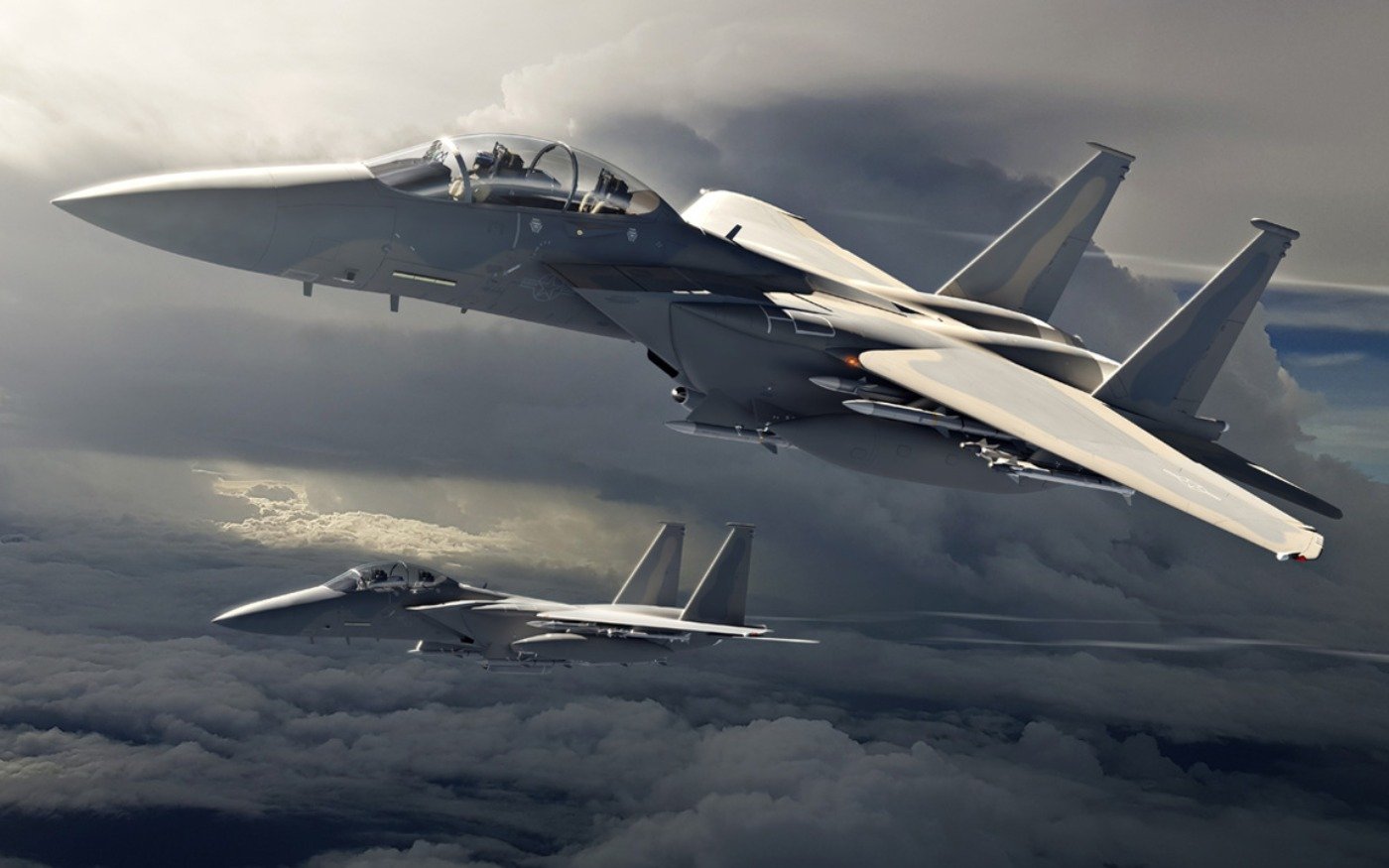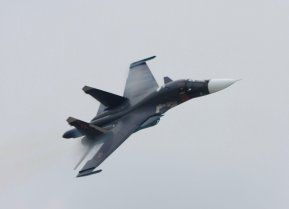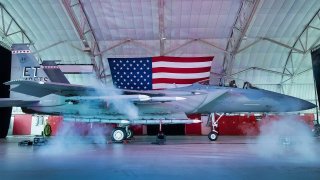Why the U.S. Air Force Wants the F-15EX Fighter
In July 2020 ,the United States Air Force contracted with Boeing for the delivery of new F-15 fighters, to be dubbed the F-15EX. The idea behind the F-15EX is remarkable in its simplicity: We have a great fighter plane, but our existing fleet is old, so why not just buy some new ones?
In July 2020 ,the United States Air Force contracted with Boeing for the delivery of new F-15 fighters, to be dubbed the F-15EX. The idea behind the F-15EX is remarkable in its simplicity: We have a great fighter plane, but our existing fleet is old, so why not just buy some new ones?
Unfortunately, this simple, straightforward, intuitive project has predictably run into roadblocks.
F-15 History
The first F-15 flew in 1972, and the first Eagle entered service in 1976. The last F-15E Strike Eagle to join the U.S. Air Force was built in 2001. As of today, nearly 500 Eagles remain in service with the Air Force, operating in nearly every role available to a modern fighter jet.
Indeed, the F-15 project has been spectacularly successful, which is perhaps why the Air Force doesn’t want to leave it behind. Moreover, since the 1970s, the United States has built and sold F-15s to countries ranging from Israel and Saudi Arabia to South Korea and Japan.
The fighter has become a mainstay of Western air forces, racking up an impressive service record with an indeterminate number of kills. This export success enabled the F-15EX project. Since production lines have remained open, Boeing can make incremental improvements to the aircraft as technology allows.
Purpose of the F-15EX
So why build new F-15s when the F-35 is available?
The project serves two purposes. The first is to offer relief to the Air Force’s fleet of legacy aircraft, many of which are very old and are increasingly suffering from low readiness rates and expensive maintenance. These aging aircraft are still asked to perform the same missions they have carried out for three decades – they need to be replaced. Opting for a newer version of the old aircraft is an intuitive solution to a complex problem.
The second purpose is to supplement the Air Force’s fleet of stealth fighters, including the F-22 Raptor and the F-35. The Eagle has a different skill set than either the Raptor or the Panther, making up in raw performance and weapons loadout what it lacks in stealth. One way that the F-15EXs can work together as a team with the stealth fighters is to carry long-range air-to-air missiles that can be launched from standoff ranges, thus enhancing the lethality of the stealth force.
Progress on F-15EX
Thus, a service that has historically been allergic to even the whisper of “technological obsolescence” opted to build new examples of a fifty-year-old platform.
The Air Force initially intended to acquire 144 F-15EXs, replacing the greater portion of the F-15 C/D fleet and putting a dent in the F-15E fleet. This would have made the Air Force’s fighter fleet dramatically younger and marginally more sophisticated without disrupting the training, maintenance, and organizational procedures associated with the F-15. While it is fair to acknowledge that other major aircraft have managed to survive for a very long time, no one is proposing the construction of new B-52s or new B-1Bs. Only transport aircraft such as the C-130 has enjoyed the kind of near-continuous long-term production that the F-15EX project anticipated.
However, presumably, because the strategic and technological environments faced by the United States remain in flux, the Air Force has cut how many they would originally buy, down to about 104. This is still a substantial number for most countries, but it does not replace the capabilities of the existing F-15 force, and it has the potential to create significant maintenance and supply chain issues for the Air Force and the Air National Guard.
The contours of the case against the F-15EX are complex, but they primarily focus on the aircraft’s lack of stealth and dubious ability to survive in contested airspace. All of these problems, as it happens, were known when the Air Force decided to jump-start the program three years ago.
Impact of War in Ukraine
We don’t know yet what impact the Russia-Ukraine War will have on fighter acquisition in the United States, largely because we don’t have a full grip yet on the implications of that war. It is undoubtedly the case that legacy fourth-generation fighters have been shot down in significant numbers on both sides and that ground-based air defenses have had a lethal impact.
At the same time, everyone seems to agree that Ukraine would benefit from the transfer or refurbishment of additional legacy fighters that are far less sophisticated than the F-15EX. As of yet the Russians have failed to deploy their stealth fighter (the perpetually-in-development Su-57 Felon) in any useful military fashion.
It is possible to imagine an F-35/F-15EX team performing well in conditions like those over Ukraine, but without real-world deployment it is difficult to assess the impact it could have on the war. The conflict might also have reawakened an interest in a resilient force that is capable of enduring and replacing losses, which would likely bode well for plans to acquire more legacy fighters. Still, the lessons will require time and careful analysis to parse out.

It remains unclear what long-term impact the F-15EX will have on the ability of the Air Force to maintain its fighter fleet. F-15EXs will not serve in numbers similar to those of the F-35, but they still could play an important role in backfilling and supporting the force. Of course, it would be great if the Air Force could decide what it wanted over a timeframe that went beyond a year or so. Then again, it’s hard to argue that Air Force procurement has looked any uglier over the last decade than that of the Navy. Perhaps the most significant upside of the F-15EX project is that there are stark limits to how badly it can go wrong. The plane works, we have strong reasons to expect that its price will remain stable, and it could serve for a good long time. That kind of certainty can be hard to come by in defense procurement.

About the Author: Dr. Robert Farley
Dr. Robert Farley has taught security and diplomacy courses at the Patterson School since 2005. He received his BS from the University of Oregon in 1997, and his Ph. D. from the University of Washington in 2004. Dr. Farley is the author of Grounded: The Case for Abolishing the United States Air Force (University Press of Kentucky, 2014), the Battleship Book (Wildside, 2016), and Patents for Power: Intellectual Property Law and the Diffusion of Military Technology (University of Chicago, 2020). He has contributed extensively to a number of journals and magazines, including the National Interest, the Diplomat: APAC, World Politics Review, and the American Prospect. Dr. Farley is also a founder and senior editor of Lawyers, Guns and Money.


